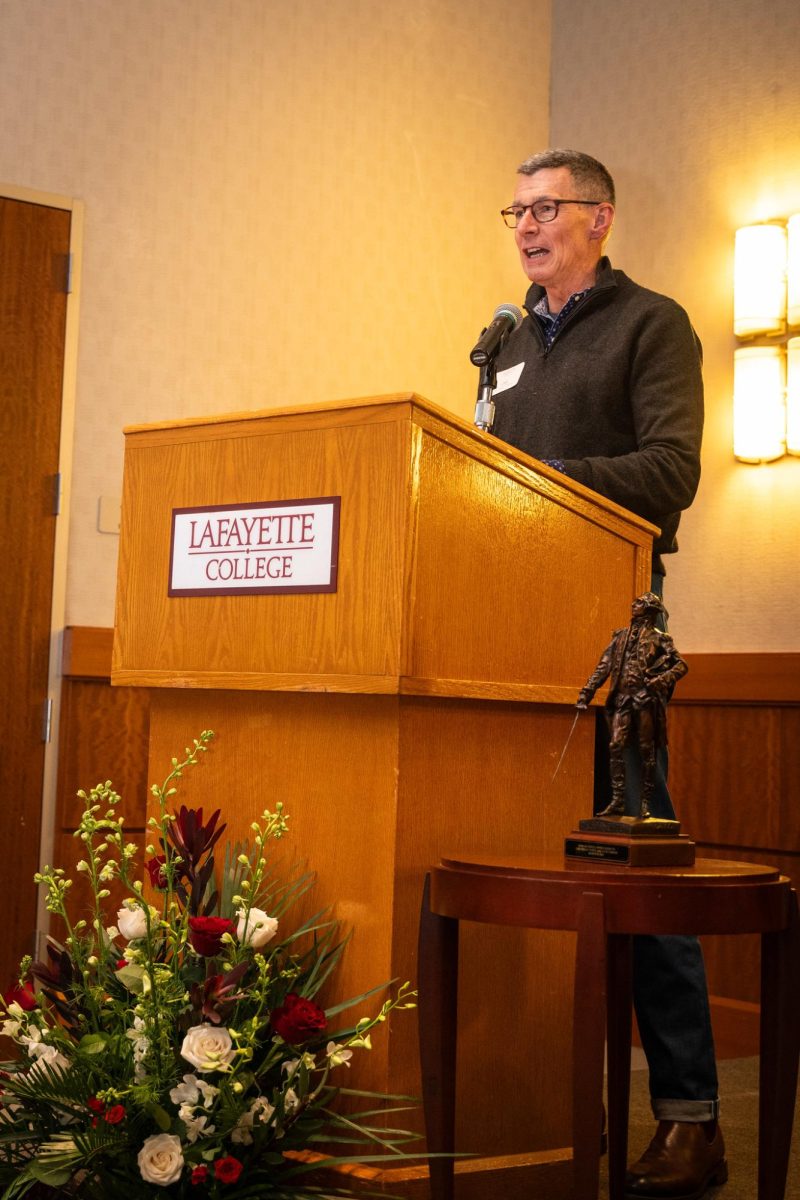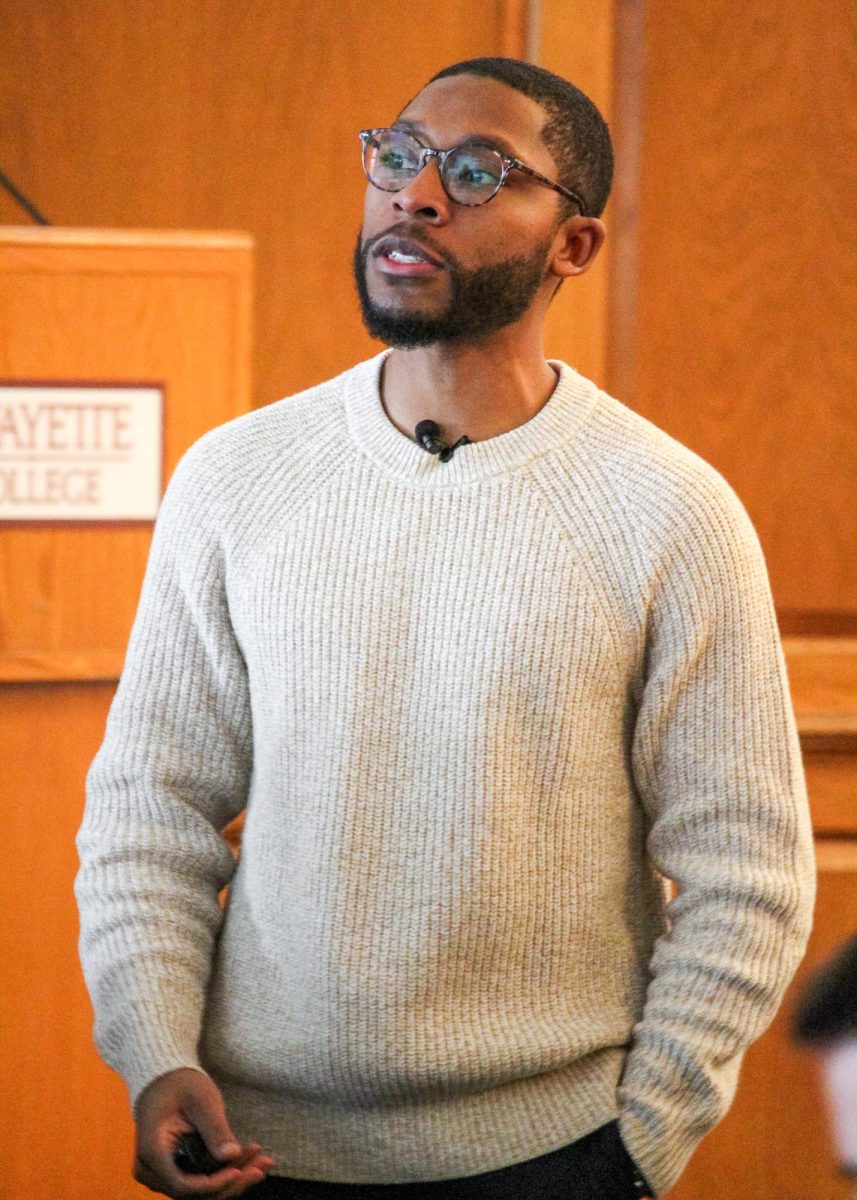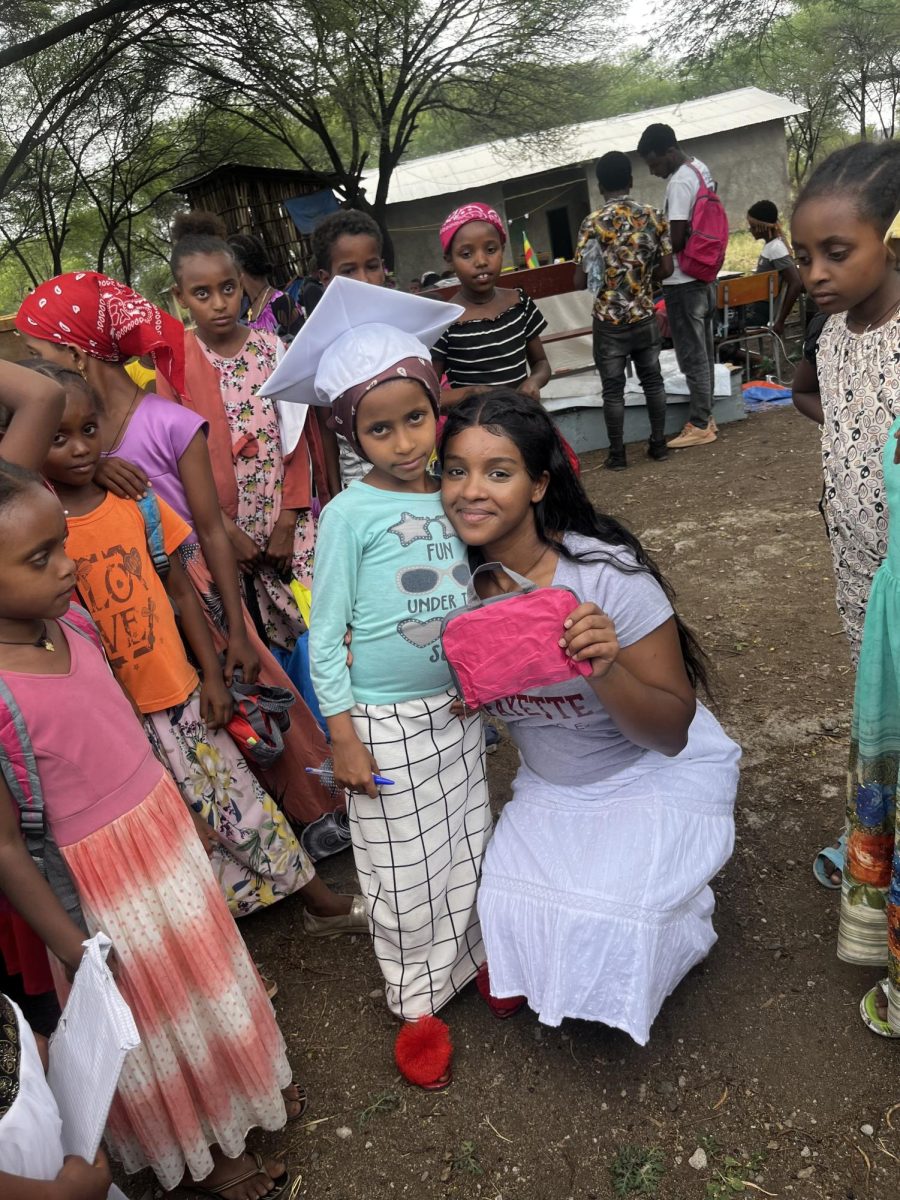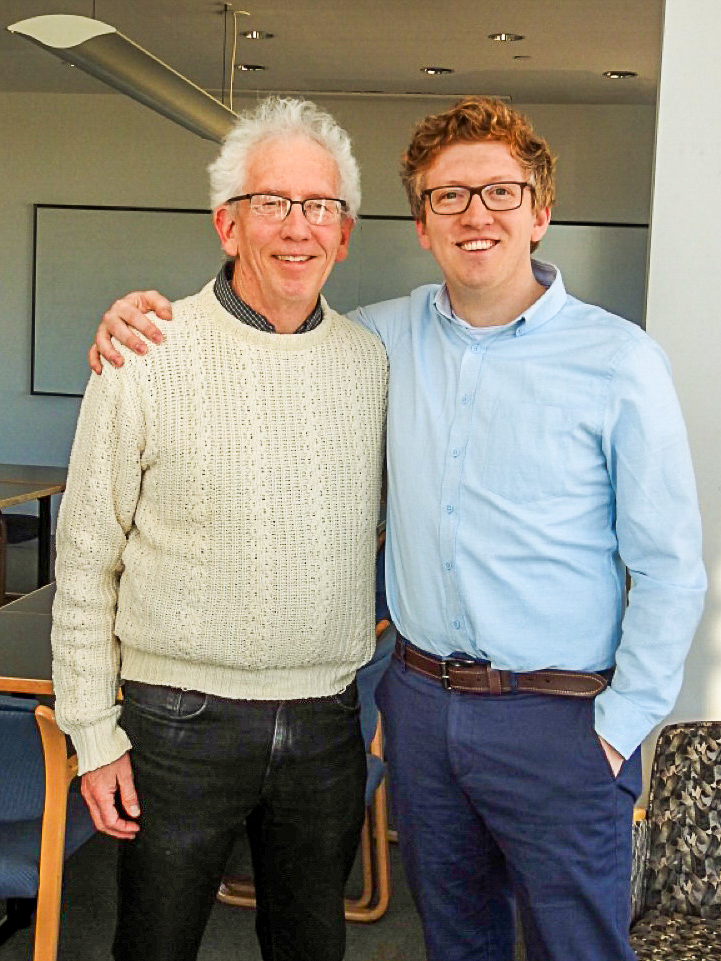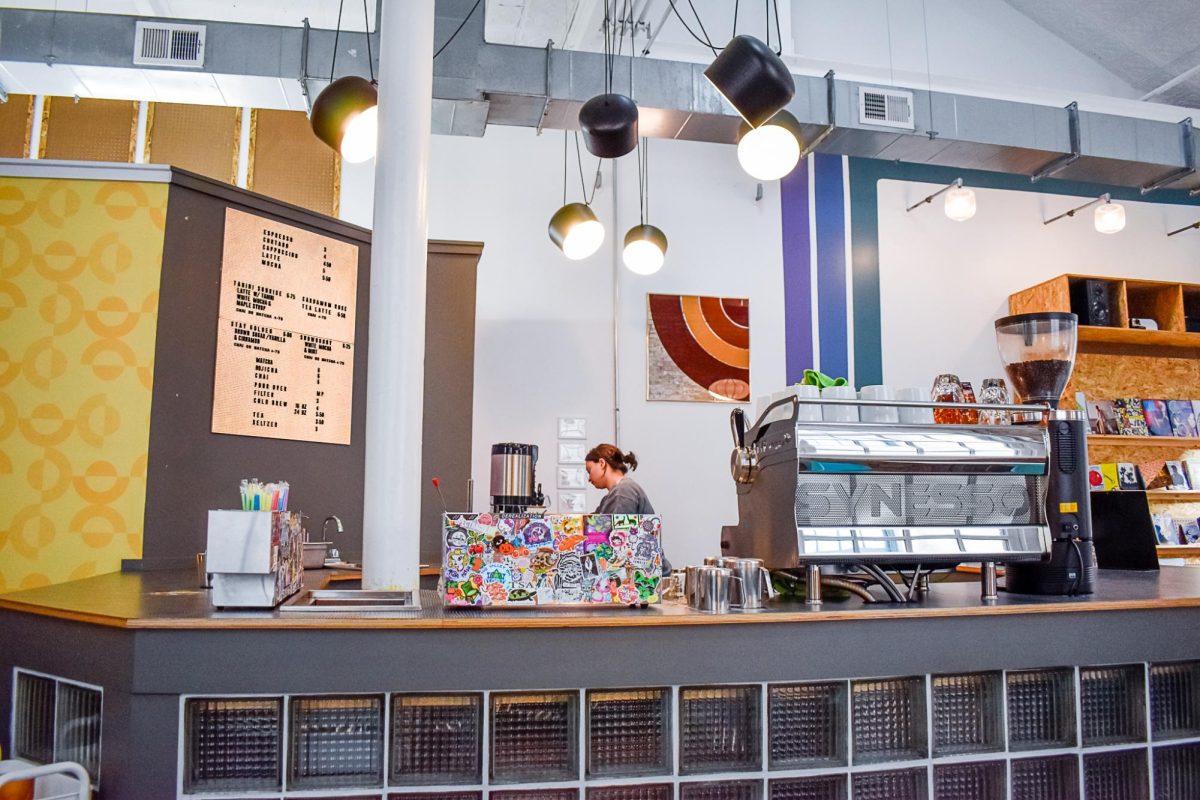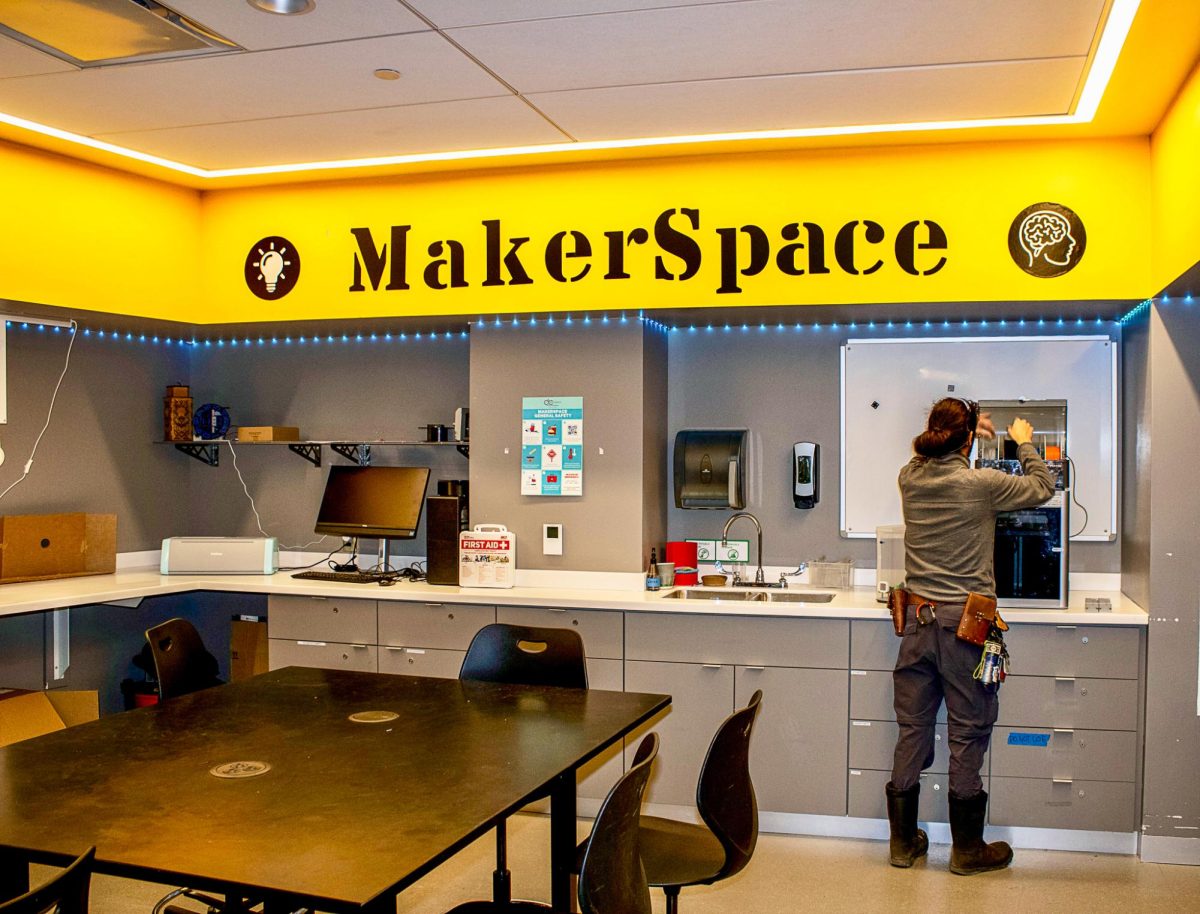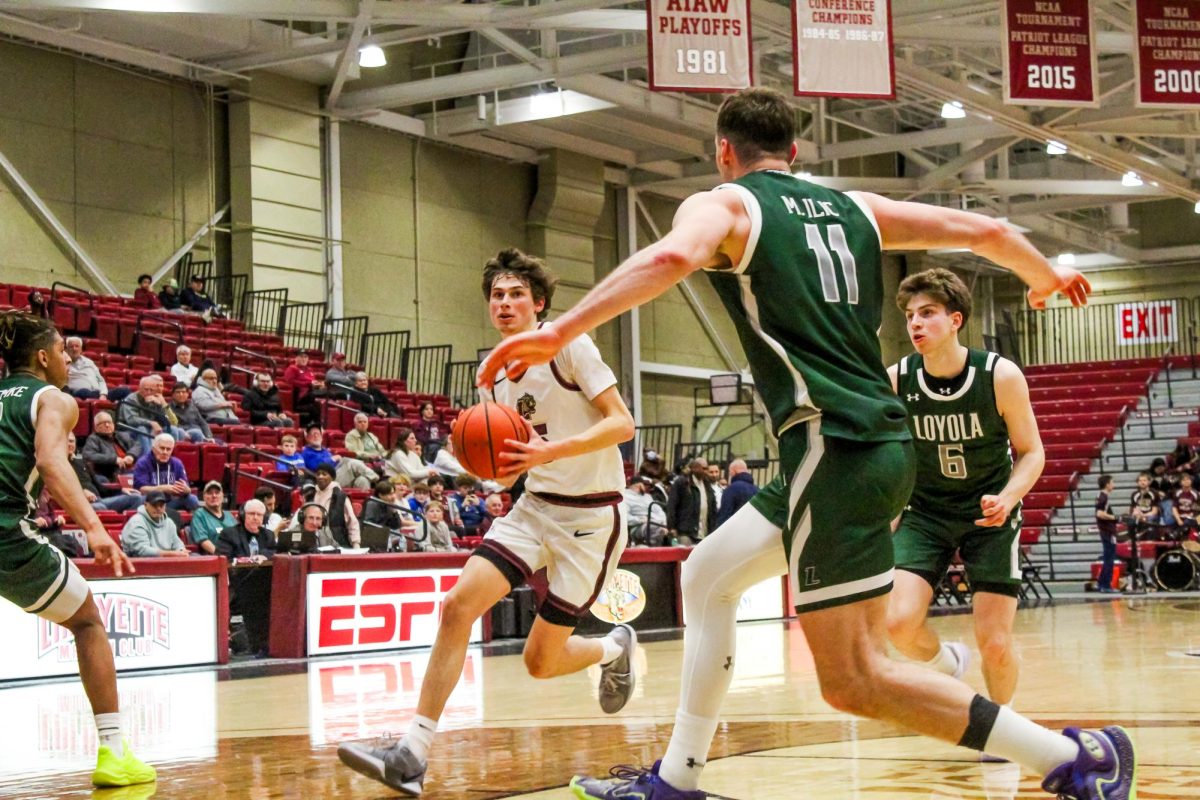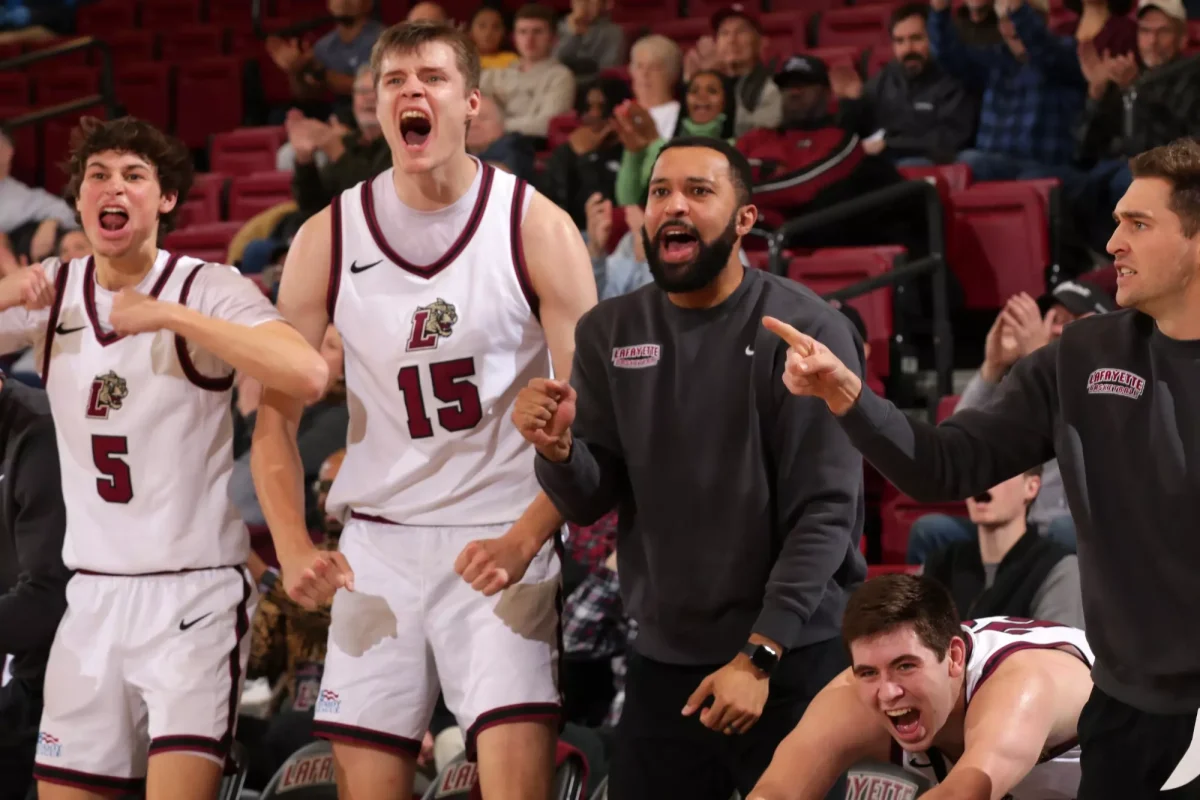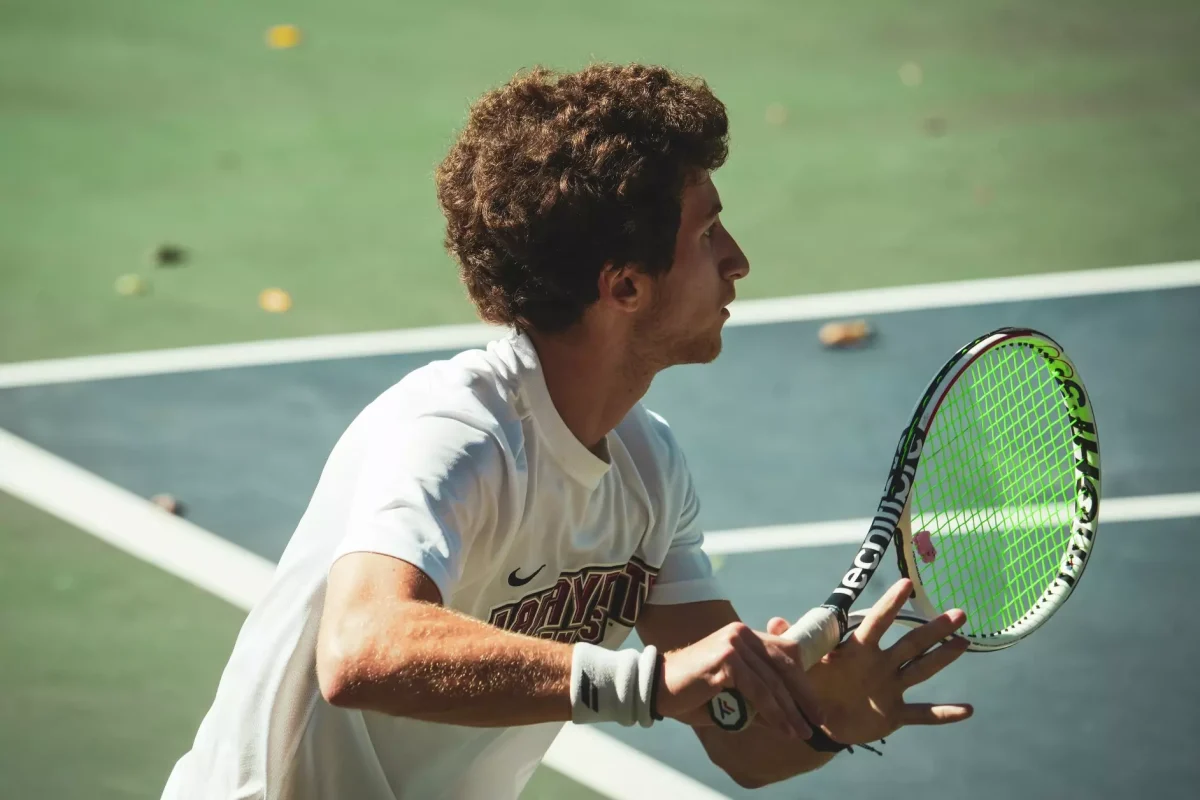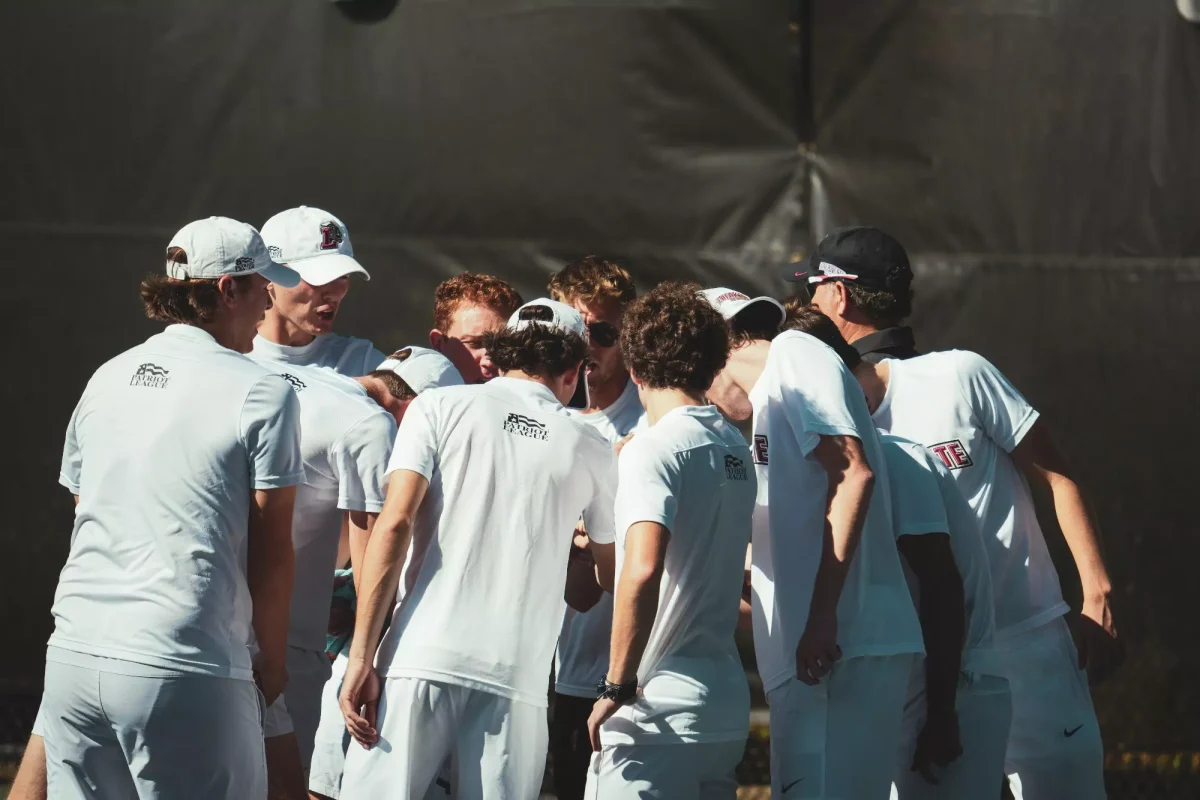First year program aims for four year bonds
As part of the college’s Live Connected, Lead Change Campaign announced last November, Lafayette began the Connected Communities program to strengthen students’ connections to the institution and to each other.
The Connected Communities program, a $40 million dollar initiative of the campaign’s $400 million goal, aims to provide students with an immersive experience that connects residence life to academic programs and student advising, according to the website. The college ultimately wishes to integrate a four-year advising system involving faculty, staff, peer mentors and career services, into the residential program.
Only in its infancy, Connected Communities is directed primarily at first year students, assigning them to one of five commons (La Victoire, The Alliance, L’Hermione, Cadmus, and Brandywine) named after the Marquis de Lafayette’s ships.
While residential now, they are meant to continue the academic and social connections throughout a student’s four years at Lafayette, according to Vice President of Campus Life Annette Diorio.
“The objective [of the program] is to give students a slightly larger network than their floor of people to feel connected to and to make friends with,” Diorio said.
According to President Alison Byerly, the Connected Communities initiative will work to combat walls that developed between groups on campus.
“[Connected Communities is] about breaking down what have felt like silos and even oppositions between different types of social living groups and different types of organizations on campus,” Byerly said. “Everyone is having the same Lafayette experience; you start off together in the commons system as part of connected communities, then you might live in different places or have different affiliations in groups, but that there’s still a common bond across the class.”
According to Byerly, this follows a trend among liberal arts colleges over the last 10 to 15 years, when many schools created programs aiming to help students define ways of creating lasting friendships.
Another main initiative of the connected communities program is the PARDners program designed by Dean of Advising and Co-Curricular Programs Erica D’Agostino and Dean of Students Paul McLoughlin II, and overseen by Billie Weiss, program director for the office of advising and co-curricular programs.
PARDners are juniors responsible for mentoring first years, inside and outside the classroom, like hosting brunches, study breaks and more, according to D’Agostino.
PARDner Megan Reiling ‘17 said the importance of the PARDner position is strengthening a sense of community for first-years.
“Structured peer-advising helps new students navigate the first-year here at Lafayette and prepares them for a successful four years,” Reiling wrote in an email. “The takeaway is hopefully that they have greater affinity for the college and build class unity.”
But the initiative is not solely about first-year students or the residential program.
“It’s a piece of a much larger initiative that the college is hoping to undertake,” said Diorio, who also said that the program has been in the planning stages for a while.
“It has evolved over a number of years,” she said. “We started with one group three or four years back that was looking at ways to strengthen students’ connections to the institution, hoping to have students find their way here much more quickly and feel settled and connected, and part of the fabric of the community.”
The connected communities initiative may be a response to “a fading relevance of Greek Life among some students,” according to a report by the Integrated Student Experience task force released in 2014, which also argued there was “an urgent need for social spaces on campus for community development.”





















